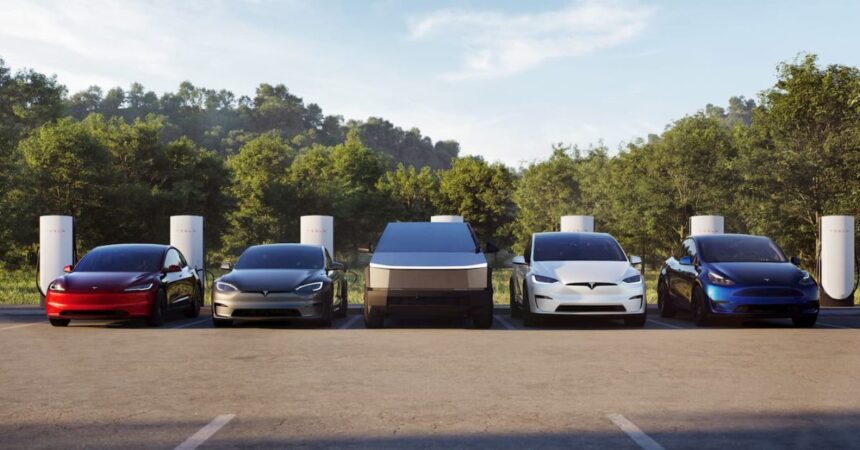Tesla has recently made a significant change to its lease-end options, allowing customers who lease a Tesla to now purchase their vehicle at the end of the lease term. This new policy applies to all of Tesla’s vehicles, including the Cybertruck, Model S, Model 3, Model X, and Model Y. The option to purchase the vehicle at the end of the lease term is now available starting November 27, 2024, with the exception of Iowa and Louisiana.
This move represents a departure from Tesla’s previous autonomous vehicle ambitions. In the past, Tesla had stated that it would not allow lease buyouts at the end of the term. Instead, the company planned to retain ownership of the vehicles and incorporate them into a massive robotaxi fleet, leveraging Tesla’s Full Self-Driving technology.
However, Tesla discontinued lease buyouts for all models in 2022, aligning with its vision of using the vehicles for autonomous ride-sharing services. The company believed that its vehicles would become appreciating assets due to their potential to generate income as robotaxis. Tesla’s CEO, Elon Musk, even suggested that Tesla would stop selling cars once it achieved full autonomy, as the company could earn more revenue from providing autonomous rides.
Despite these ambitions, Tesla’s Full Self-Driving capability has not yet reached the level where vehicles can operate without a driver. This change in policy regarding lease buyouts could signify a shift in Tesla’s self-driving plans. The introduction of the Cybercab, a dedicated robotaxi product unveiled recently, indicates a new direction for Tesla’s autonomous vehicle strategy.
The decision to offer lease buyouts may also be a strategic move by Tesla to boost sales and end the quarter on a positive note. The company has implemented various demand-boosting measures, including 0% financing, lower lease prices, and promotional offers. Tesla is aiming to improve its sales performance, which has lagged behind the industry’s growth trends this year.
In conclusion, Tesla’s decision to allow lease buyouts represents a significant shift in its autonomous vehicle strategy. The move raises questions about the company’s confidence in achieving full self-driving capability in the near future. As Tesla continues to navigate the evolving landscape of electric vehicles and autonomous technology, it will be interesting to see how this decision impacts its long-term plans.







